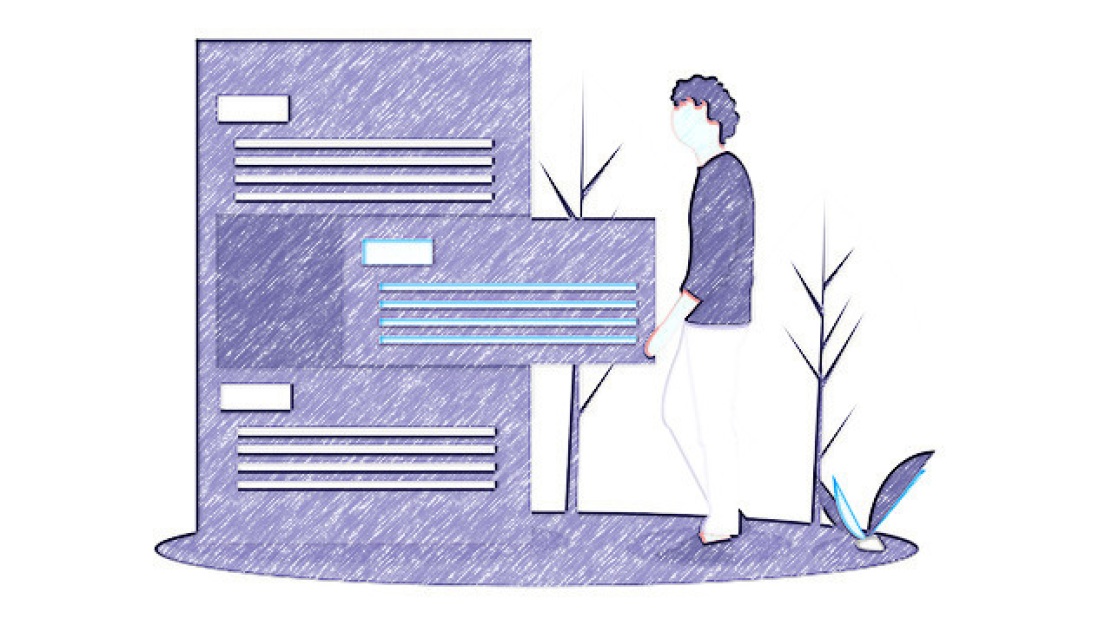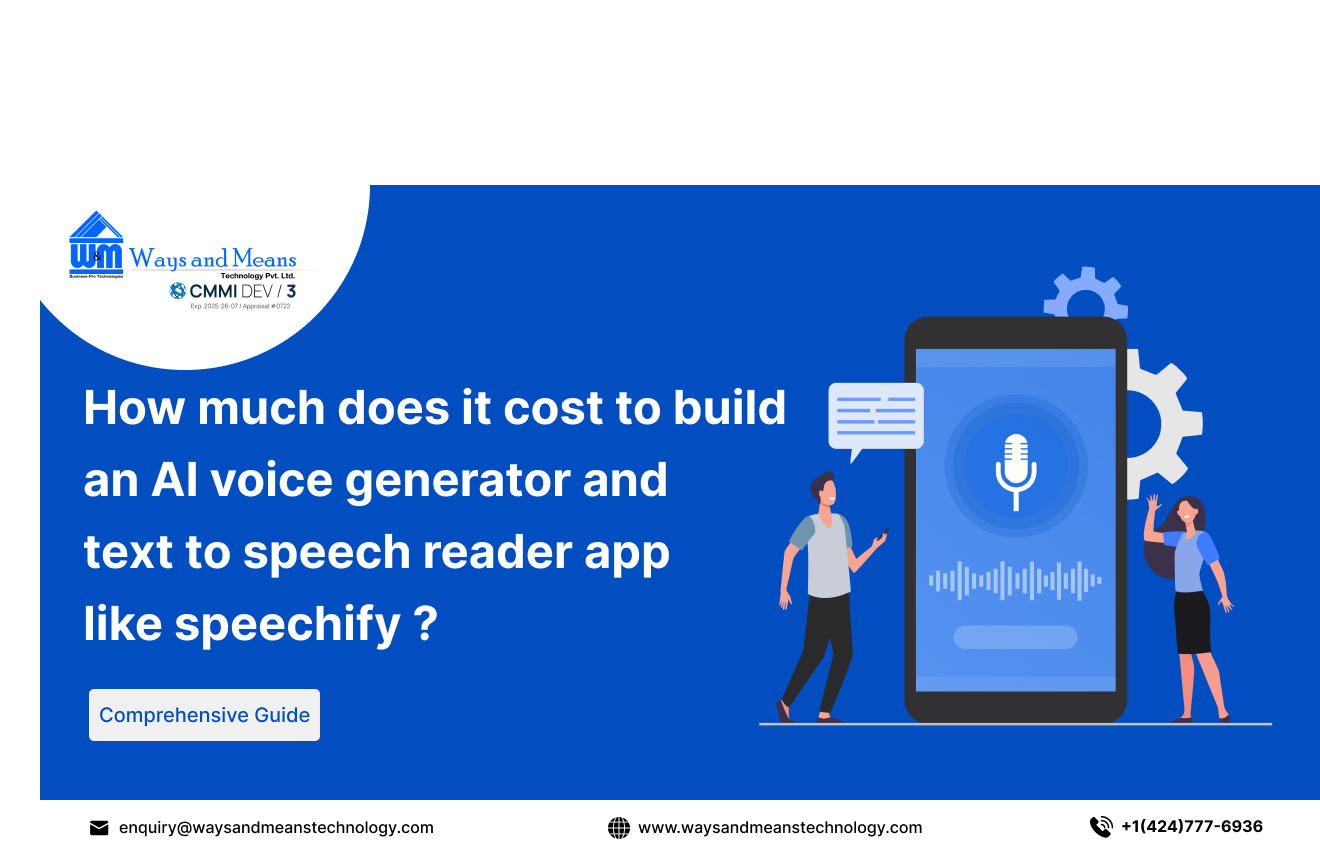Acceptance Criteria
Acceptance criteria are the conditions that must be met in order for a requirement to be considered complete and accepted. Here are some tips for writing acceptance criteria:
- Be specific: Clearly and specifically describe the acceptance criteria, using technical terms and specifications where appropriate.
- Align with requirements: The acceptance criteria should align with the requirements, and should provide a way to verify that the requirement has been met.
- Use measurable terms: Use measurable terms such as “system must”, “user can”, etc, in acceptance criteria to make it clear and testable.
- Be testable: The acceptance criteria should be testable and verifiable, so that it is clear when the requirement has been met.
- Be consistent: Use consistent terminology and formatting throughout the acceptance criteria to make it easy to understand and navigate.
- Involve stakeholders: Involve stakeholders such as users, customers, and subject matter experts in defining acceptance criteria, as they can provide valuable insights and perspectives.
By following these tips, you can write acceptance criteria that will help the software development company understand what is expected of the software and ensure that it meets your requirements.
Example:
Requirement: The system must be able to send automated email notifications to users.
Acceptance Criteria:
- The system must be able to send automated email notifications to users when certain events occur.
- The system must include a way for users to subscribe or unsubscribe from email notifications.
- The system must be able to send emails in HTML format.
- The system must include a way to test the email notification functionality before sending it to users.
- The system must include a way to track the delivery status of emails.
- The system must include a way to resend emails if they are not delivered.
- The system must include a way to personalize the emails using user’s name and other details.
- The system must include a way to schedule emails for specific dates and times.
- The system must include a way to include attachments in emails.
- The system must include a way to include links in emails.
Checkout our complete comprehensive guide to get complete knowhow as to how to document your business requirement for development company.
Part 1: How to document your business requirement or idea to communicate to development partner or team
Part 2: Defining Business Requirements
Part 3: Defining Functional Requirements
Part 4: Defining Non-Functional Requirements
Part 5: Defining Technical Requirements
Part 6:Defining Acceptance Criteria
Part 7: Defining Timelines and Deliverables
Part 8: Identifying Stakeholder Information




